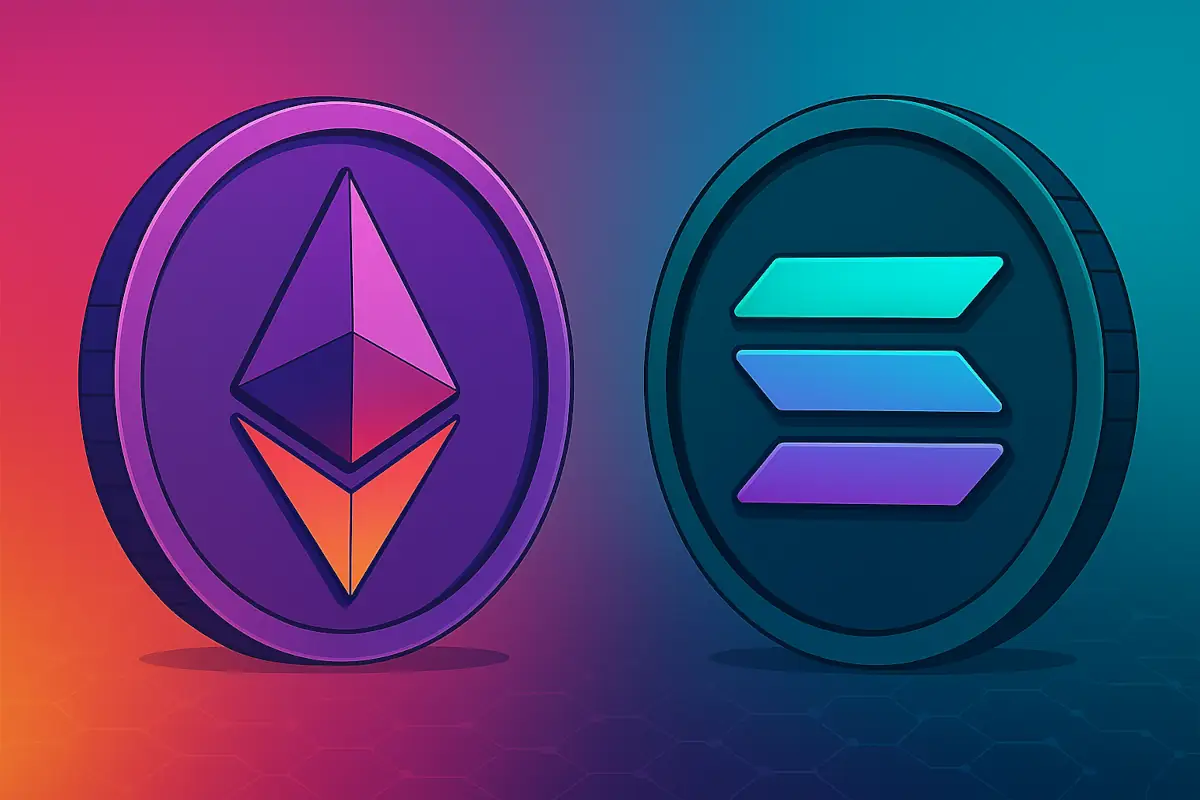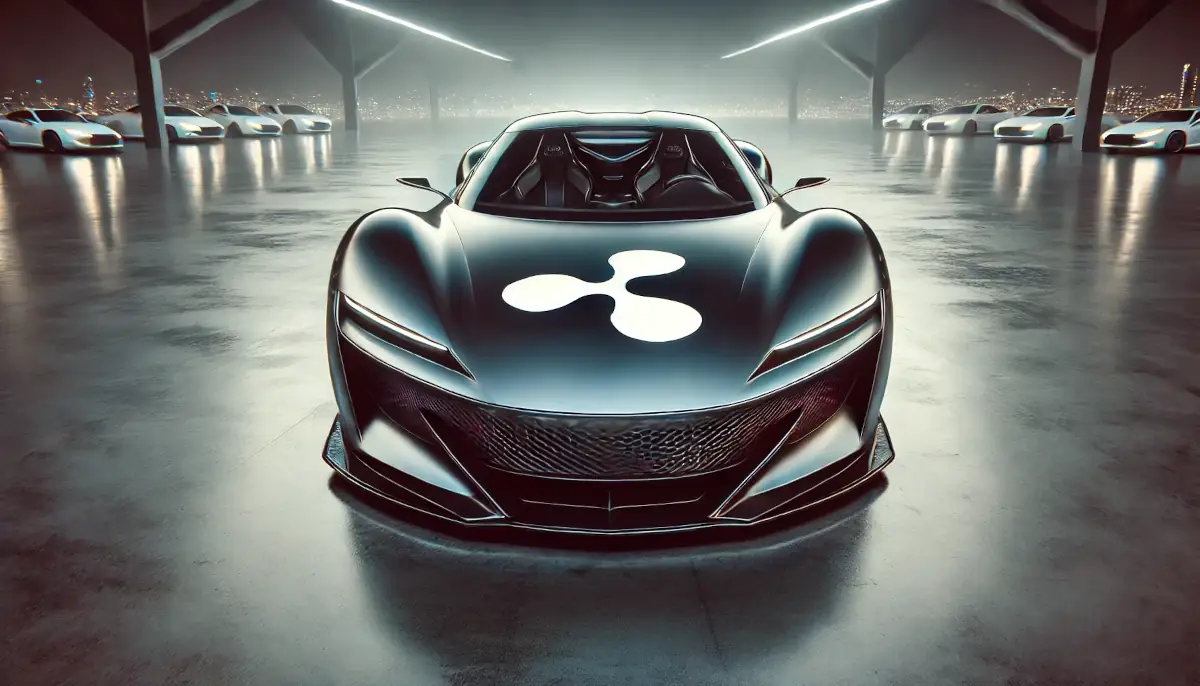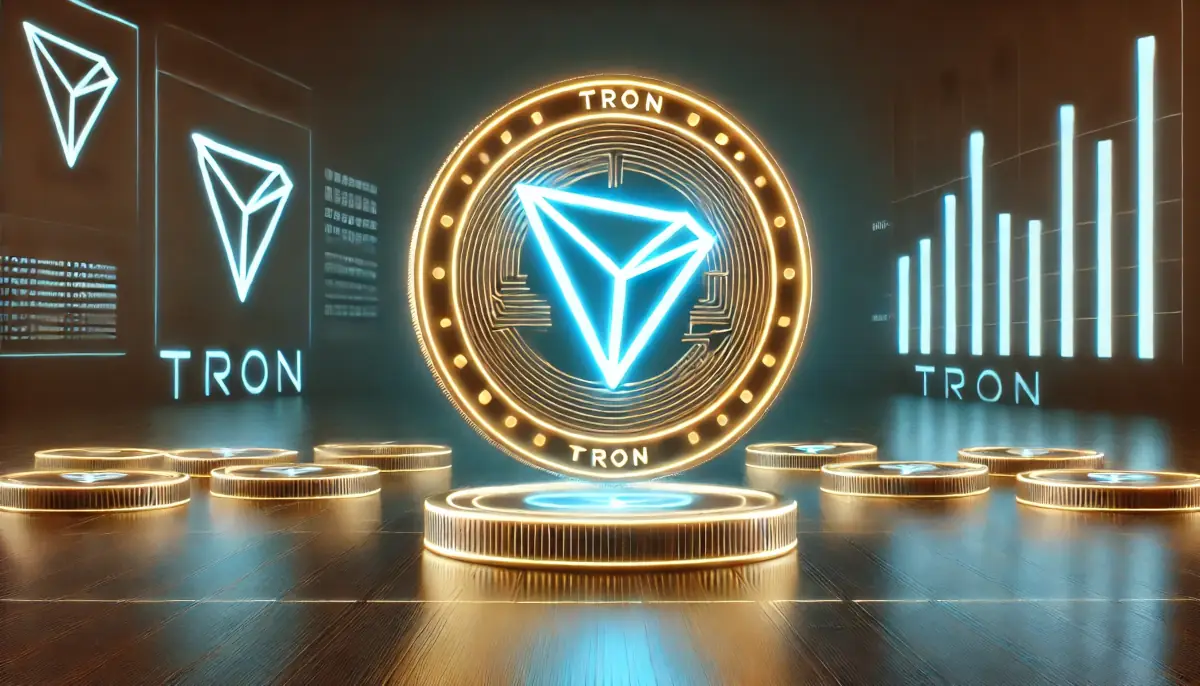Since the early days of cryptocurrencies, blockchain networks have developed with varying goals. While Ethereum has long maintained a position of dominance in decentralized applications and smart contracts, newer platforms such as Solana have risen rapidly, challenging the status quo with faster speeds and lower fees. Despite that, Ethereum continues to hold a market cap of over $320 billion – more than three times that of Solana – even as Solana outpaces it on several metrics.
Table of Contents
Ethereum’s Foundation and Role in Crypto History
Founded by Vitalik Buterin, Ethereum launched in 2015 with the primary goal of supporting smart contracts and decentralized applications. It was the first blockchain to enable this type of programmable money system, paving the way for what is now a multi-billion-dollar decentralized finance sector. The early arrival gave Ethereum a head start in becoming the go-to platform for everything from NFTs to complex lending protocols.
The current market cap of Ethereum is over $320 billion, making it the second most valuable cryptocurrency behind Bitcoin. Much of this value is tied to its credibility, high liquidity, and the scale of its developer community. The Ethereum network currently hosts many of the most used decentralized applications, including Uniswap and OpenSea, and a vast number of tokens through ERC-20 and ERC-721 standards.
Upgrades have continued to improve Ethereum’s capability. The Dencun upgrade added danksharding, which improved performance by dividing the blockchain into parts, allowing for more scalable data processing. Institutional investors have shown confidence as well – Ethereum ETFs launched in the United States in 2024, widening investor access further.
Read also: Fusaka Upgrade: What’s Next for Ethereum After Pectra?
Solana’s Technical Edge and Rapid Climb
Solana began in 2017, created by Anatoly Yakovenko, and focused on speed and low cost. The chain introduced a new consensus method called Proof of History, which helps it handle high throughput efficiently. At its current performance, Solana processes over 2,600 transactions per second – far more than Ethereum’s 15-30.
That advantage translates into much lower fees, sometimes just fractions of a cent per transaction. The network is attractive for apps involving high-frequency activity such as memecoin trading or on-chain games. As of now, Solana’s market cap stands near $81 billion.
User metrics tell a story of accelerating adoption. As of June 17, 2025, Solana had over 4 million daily active users compared to Ethereum’s 477,000. Daily transactions on Solana reached 35 million, while Ethereum registered 1.13 million.
Comparing the Two: Speed, Cost, and Structure
Solana clearly performs better in raw transaction numbers and costs. Its design enables thousands of transactions per second. Ethereum, despite recent technical upgrades like EIP-4844 and Pectra, handles fewer than 30 transactions per second on its base layer. Ethereum’s developers aim to shift some of the burden to Layer-2 solutions such as Optimism and Arbitrum to address congestion and lower gas fees.
However, Solana’s rapid performance comes with risks. One structural difference is decentralization. Solana currently runs with about 4,500 validators, while Ethereum has over 1 million. Running a Solana node is costlier, which limits network participation. This has led to concerns about resilience and has caused occasional network disruptions – such as the five-hour outage in February 2024.
Another factor is programming accessibility. Ethereum uses Solidity, a language modeled on JavaScript, which many developers already know. Solana uses Rust, which is less common, creating a steeper entry barrier. While some argue Rust is more modern, this has not translated into wider adoption.
Why Ethereum Dominates?
Despite Solana’s clear lead in speed and volume, Ethereum holds triple the market capitalization. That difference comes from how Ethereum is seen by financial institutions, developers, and the broader crypto ecosystem. With more than $63 billion in total value locked in DeFi projects, Ethereum’s applications are more mature and trusted.
Ethereum also supports broader use in tokenization projects, including those being built by major institutions like BlackRock. Its established smart contract standards and proven network security give institutional and retail investors a level of confidence that newer chains have yet to build.
Solana’s network is younger, and while it shows strong growth, it remains vulnerable to network outages and scalability concerns. That reliability gap plays a large part in investor confidence, keeping Ethereum’s market cap significantly higher despite its slower performance.
Is Solana a Real Replacement or Just a Competitor?
Many have labeled Solana as an “Ethereum killer“, a title used in past years for several new blockchain networks. However, none have succeeded in displacing Ethereum at the top of the smart contract sector. Ethereum has an established base and a large developer network, while Solana is still expanding its core offerings.
Solana’s speed makes it attractive for certain applications, especially high-volume, low-value transactions. But Ethereum’s slower but more secure and decentralized structure appeals to users prioritizing reliability and long-term value.
Solana continues to outperform in metrics like users, transactions, and growth speed, but Ethereum retains higher trust and value.
Final Observations
Solana has grown quickly, backed by strong technical design and user interest. Its speed, low fees, and constant upgrades make it appealing to new users and high-frequency traders.
Ethereum, in contrast, is grounded in its history, developer network, and institutional backing. It moves at a slower pace but builds on a structure that favors longevity and broad compatibility.
The current difference in market capitalization – $320 billion for Ethereum versus $83 billion for Solana – is not just about performance. It reflects years of developer trust, financial support, and infrastructure that Solana is still in the process of building.




